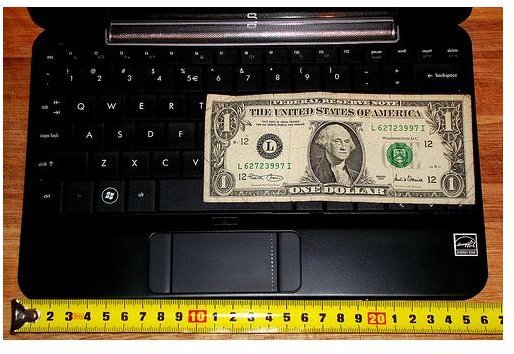A Look at Estimated Tax Payments: Paying Late Results in Penalty
What Are They?
Estimated taxes are levy on income not subject to withholding, such as income from self-employment, interest, dividends, alimony, rent, gains from the sale of assets, prizes and awards, additional salary and other income that exceeds the withholding amount.
Any individual or entity who anticipates accruing annual income more than $1,000 after deducting withholding taxes need to make quarterly payments. The payment schedule is quarterly, with specific payment due dates of April 15, June 15, September 15, and January 15. The taxpayer has the liberty of making payment in any number of installments, such as weekly, bi-weekly, monthly, or any other, provided the amount due for the quarter is paid in full by the due date for the quarter. The best way to make a payment is through the Electronic Federal Tax Payment System (EFTPS) system, which allows payment tracking and history.
Penalties Can Add Up
Late payment or payment of an insufficient amount by the due date of each period attracts monetary penalty, even if the IRS owes refunds to the taxpayer. One notable exemption is when most of the income comes in late in the year. In such cases, the IRS allows for a special calculation that reduces or eliminates penalty. The IRS also charges penalty when filing for an automatic extension to file returns, in cases where payments are less than the total amount due to them.
The penalty is equivalent to nondeductible interest on the amount underpaid or not paid, for the period of underpayment. This amount rises in direct proportion to the amount and time delay. As such, the fine remains small if the amount is small or the delay is only for a few days, but accumulates to a big amount over time for larger amounts. The IRS revises the rate of interest periodically. The interest rate for the first quarter of 2011 is 3 percent, and for the second quarter of 2011 is 4 percent.
Computing penalty on late payment is a compelx exercise. Refer IRS Form 2210 for detailed instructions. Taxpayers can alternatively opt for the IRS to calculate the same, and wait for the bill.
Failure to File or Pay
Failure to pay beyond the time of filing annual returns leads to the issue coming under the ambit of the annual tax payments and returns. Failure to file returns (FTF) invites a penalty of 5 percent per month, and failure to pay (FTP) at the end of the year leads to further penalty of 0.5 percent per month on the amount due, up to a maximum of 25 percent.
IRS charges a penality of 20 percent of the amount not paid, on charges of negligence for delay of FTF and FTP beyond a point. The IRS charges further penalty of $500 for instances of frivolous return. Further nonpayment can lead to accumulation of interest and fines, and the IRS slapping civil and or criminal suits, as appropriate.
After reading this information, it is important to note that when making estimated tax payments, paying late is not a very good option and failure to pay is even worse. The best word of advice here is to stay penalty-free!
References
- IRS. “Estimated Taxes.” Retrieved from https://www.irs.gov/businesses/small/article/0,,id=110413,00.html on 15 March 2011.
- Tax Guide for Investors. “Penalty for Underpayment.” Retrieved from https://www.fairmark.com/estimate/penalty.htm on 15 March 2011.
Image Credit: flickr.com/warrenski
